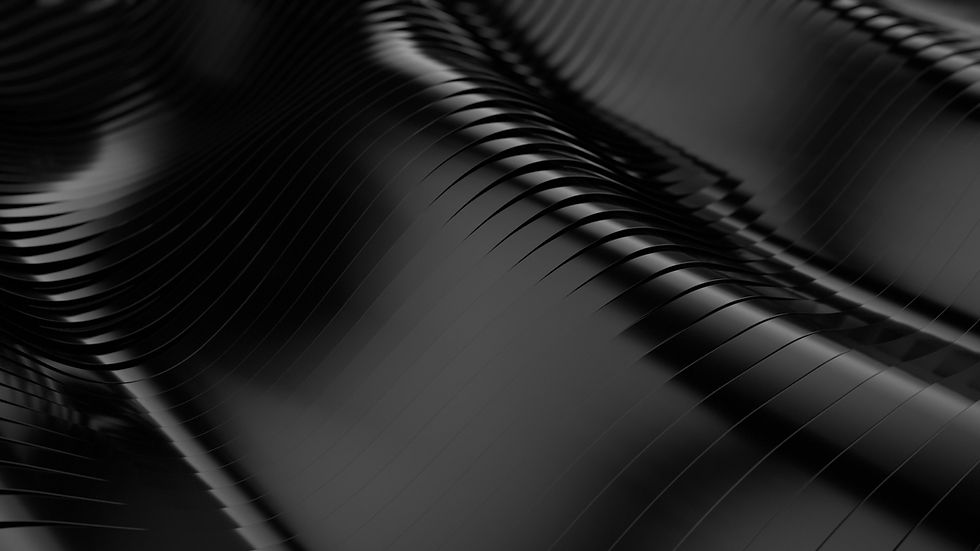
Tips and techniques
-
approaching the ball correctly
It is very important to approach the ball correctly when your opponent tries to take advantage of your lack of awareness and you have a short amount of time to return the ball. Let us take an example:
Assume that your opponent:
Attempts to trick youand serves the ball on the corner of your side very close to the net and you are standing in the middle of the table. What is then the quickest way to return the ball?

From this we can divide the player’s side into 2 parts:
152.5 cm/2= 76.25 cm
Rounding this down to 76 cm
The best way to return it is move your racket towards the ball from the end of the line cutting the table into half straight towards the ball as this is the shortest distance that it will take to reach the ball. To verify, Pythagoras' theorem can be applied:
Length of white line cutting table into half (starting point of racket’s position)
= 274
= 137 cm
Length of half of the net= 76 cm
Let’s assume that the line diagonally cutting the half rectangle into 2 parts (the racket's path for returning the shot)= x (hypotenuse)
∴137+76= x
18769+ 5776= x
24545=x
x= square root of 24545
x≈ 157 cm
Therefore, the player has to move their hand 157 cm to return the shot.
However, if we compare this to first moving around half the table (76 cm) and then moving straight to return the shot (137 cm), you will need to in total move 137+76= 213 cm.
Please look at the picture below for a calculation sample if you are on a mobile device.
Hence proven, the best way is to approach the ball diagonally while standing in the middle of the table.
There can be many cases like these when you are on the table and it is not possible to do the math on the spot. Therefore it is best to think of possible situations before the match and come up with solutions using simple formulae like these and also trusting your reaction approach while playing.
2
2
2
2
2
2

2. The 90 DEGREE ANGLE FLICK
One basic shot that is hard to perform but can be done by inexperienced players as well if approached correctly is called the backhand flick, it is basically a top spin influenced smash performed by the player's back hand.
Many people find this hard to do because of an incorrect approach, the issue is mainly with the way they hold their racket when hitting the ball, not the force that is put on the ball. Below is an example of a professionalplayer attempting a backhand flick:

The player with the yellow shirt is the one attempting the backhand flick to return player 2’s serve.
From this we can see- To perform such a return, a player must make a 90 degree angle from their chest, elbow facing outwards and racket facing inwards, there should also be a 90 degree angle between the bottom of the palm and wrist. Right when the ball approaches, the player must flick their arm outwards.
Outcome- The ball will have topspin and land on the other side with a high amount of force confusing or simply being too fast for an inexperienced or at times even experienced player to return. Below is how you should position your arm:

3. THE 30-60-90 TECHNIQUE
In this technique, whenever you get a chance for a forehand smash, first start with a slower loop (speed-30 km/h), then a medium speed shot (speed-60 km/h), then max speed (90 km/h or more), this will force the opponent to transition from a slow reflex to a faster one which will most likely be unsuccessful. In your third and final smash, always put the maximum amount of power you can generate, if making a sound helps, do so...if lifting up your leg helps, do so...try to hit harder and harder each time your smash is blocked.
4. Taking advantage of the spin LAW-looping effectively
A loop is the main weapon of table tennis. It is a heavy topspin shot that can even displace the ball from its bouncing point by 20 degrees or more if there is enough spin. This technique can allow you to easily achieve that. As discussed in the basics spin section, whatever direction the ball is brushed, the ball will spin towards its opposite direction. Therefore, for looping, instead of brushing the racket upwards, brush it backwards too. This will cause the ball to displace from its bouncing point which your opponent may not expect resulting in an easy point.